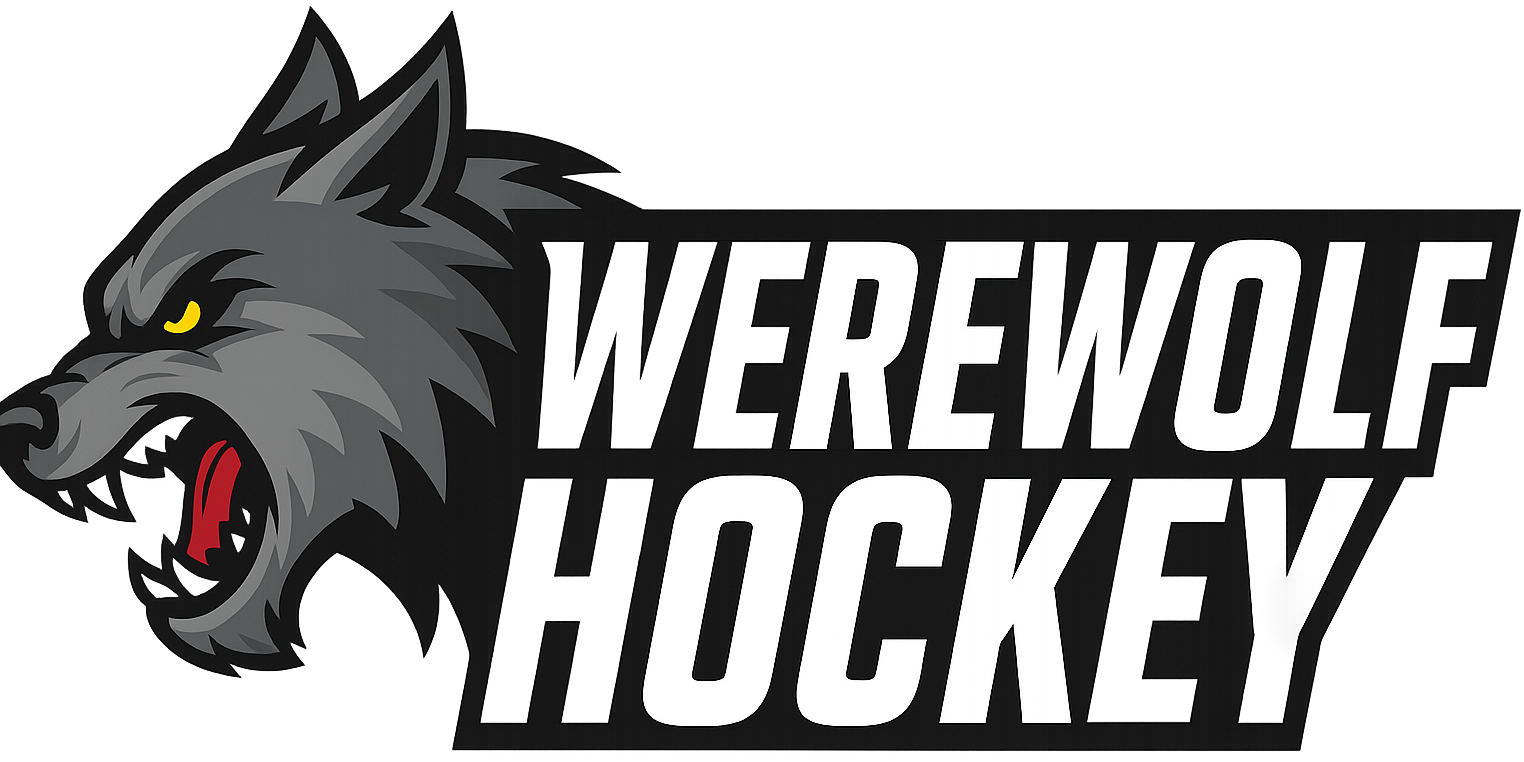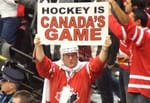Ice hockey is a sport that thrives on speed, precision, and strategy, yet none of these qualities can exist without teamwork. Every goal, save, and successful defensive play relies on the coordination of players who trust one another and understand their roles. The game rewards unity as much as individual skill. Even the most talented player cannot carry a team alone, because the rhythm of hockey depends on synchronization, communication, and selflessness. Teamwork is what transforms a collection of athletes into a single, functioning unit capable of overcoming the relentless pace and chaos of the ice.
The foundation of teamwork in hockey begins during training. Players spend countless hours rehearsing passing sequences, positioning drills, and defensive alignments that require perfect timing and cooperation. A team must learn how to move as one body, anticipating the decisions of each member without hesitation. Every successful shift on the ice depends on this awareness. When a defenseman knows exactly where a winger will be to receive an outlet pass or when a center predicts where to position for a rebound, the game flows with effortless precision. This shared understanding comes from repetition and trust, both of which define the discipline behind true teamwork.
On the offensive side, teamwork is the key to creativity. Scoring in hockey rarely happens by chance. Most goals result from coordinated plays that break down defensive structures through movement and quick decision making. A successful line knows how to support each other through constant motion and communication. Players cycle the puck in the offensive zone to open passing lanes and tire out defenders. One player draws attention, while another slips into a scoring position unseen. These moments of coordination reflect hours of practice and deep familiarity among linemates. It is this silent communication that separates an average team from a championship contender.
Defensive teamwork carries its own kind of discipline. Unlike offense, which relies on creativity and fluidity, defense requires structure and accountability. Each player must understand their responsibility within the system. If one skater overcommits or drifts out of position, the entire defense collapses. Teamwork in the defensive zone means reading plays together, communicating constantly, and trusting that teammates will cover their zones. The best teams defend as a collective wall, closing gaps and forcing opponents into low percentage plays. Even a single blocked shot or successful clearance can shift momentum, and those plays often come from players who put team success above personal recognition.
The relationship between forwards and defensemen demonstrates one of the purest forms of teamwork in hockey. When transitioning from defense to offense, every player becomes part of a coordinated system designed to move the puck efficiently and safely. Defensemen start the play by finding open passing lanes, while forwards stretch the ice to create space. Once in motion, the team transitions seamlessly into attack. This unity between positions is not automatic. It requires trust that each player will execute their task without hesitation. When done right, it creates the rhythm that defines professional level hockey.
Goaltenders, often seen as the last line of defense, are also vital participants in teamwork. A goaltender relies on the skaters to clear traffic, control rebounds, and block shooting lanes. In return, players depend on their goalie to communicate positioning, call out threats, and make the critical saves that keep the team alive. The relationship between a goaltender and the defense is built on mutual respect. Both sides understand that success depends on cooperation and awareness. A team that supports its goalie not only limits goals but builds confidence throughout the roster.
Teamwork in hockey also extends beyond the ice. In locker rooms, players develop bonds that influence how they perform together during games. Respect, encouragement, and accountability form the backbone of team culture. Veteran players mentor younger teammates, passing on lessons about preparation, composure, and leadership. Coaches play a crucial role in maintaining harmony, ensuring that competition for ice time never turns into rivalry. When a team functions as a family, every player becomes willing to sacrifice for the greater good. This collective mentality often determines how far a team can go during a long and grueling season.
The importance of teamwork becomes even more visible during adversity. When a team faces injuries, losing streaks, or high pressure playoff games, unity becomes the deciding factor. A strong team does not fragment under stress. Instead, players elevate one another through communication and shared purpose. The ability to adapt, to fill in for missing roles, and to remain composed in difficult moments is what defines championship caliber squads. Even when skill levels are evenly matched, the team with stronger chemistry often prevails because they trust each other completely.
International hockey provides an even greater stage for teamwork. Players from different professional leagues and cultural backgrounds must quickly form cohesive units during short tournaments. Despite limited practice time, they find ways to build chemistry through shared goals and respect. Representing a country amplifies the sense of unity, reminding players that teamwork extends beyond individuals and even beyond clubs. It becomes a reflection of national pride and collective effort.
Teamwork in ice hockey also extends to fans, staff, and communities that support the sport. Coaches, trainers, and equipment managers contribute behind the scenes, ensuring players are prepared and protected. Fans provide energy that drives momentum and morale. Every cheer, chant, and sign in the stands connects to the sense of belonging that defines hockey culture. The sport’s identity is rooted in collaboration, where success is celebrated as a group rather than as a single achievement.
The power of teamwork in hockey teaches lessons that extend far beyond the rink. It shows that progress is not the product of individual glory but of collective effort. Each player has a role, and every contribution matters, whether it is scoring the winning goal or clearing the puck in the final seconds. When players trust in one another, they create a rhythm that no opponent can easily disrupt. Hockey may be fast, unpredictable, and physically demanding, but its heart lies in the connections formed between teammates who move as one. Teamwork remains the invisible force that turns effort into victory and transforms a group of athletes into a unified and unstoppable team.


